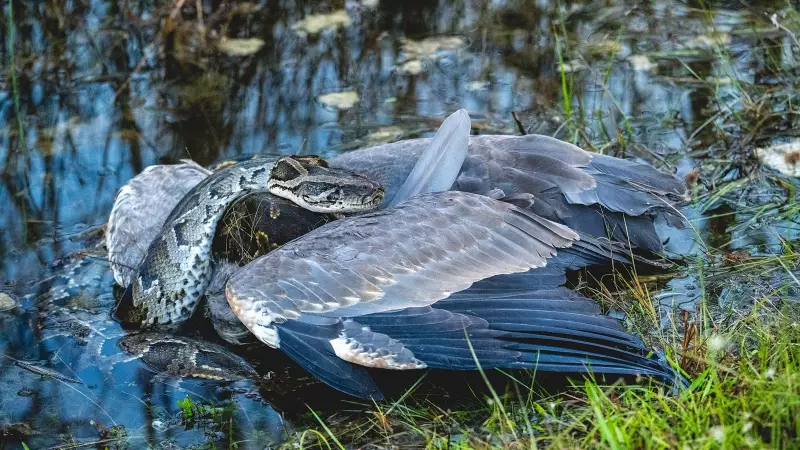
Have you ever wondered how your pet dog sees the world, or what makes an eagle such an exceptional hunter? The animal kingdom contains a stunning diversity of visual capabilities that far surpass human limitations in many ways.
The Colorful Truth About Dog Vision
Contrary to popular belief, dogs don't see in black and white. Their world is painted in shades of blue and yellow, lacking the red-green receptors that humans possess. This dichromatic vision means your furry friend experiences a more muted color palette, but compensates with superior motion detection and exceptional night vision capabilities.
Birds of Prey: Nature's Living Telescopes
Eagles and other raptors possess vision so sharp they can spot prey from incredible distances. Their eyes contain significantly more cone cells than human eyes, allowing them to perceive fine details that would blur together for us. This evolutionary adaptation makes them masters of aerial hunting.
The Ultraviolet Spectrum: A Hidden World
Many animals, including reindeer, see in ultraviolet light - a spectrum completely invisible to humans. This ability helps them spot urine trails left by predators and find food sources that would otherwise go unnoticed. Birds also utilize UV vision to identify mates and locate food.
Feline Night Vision Superpowers
Cats see the world in colors similar to dogs, but their true visual superpower lies in low-light conditions. With eyes containing six to eight times more rod cells than humans, cats can navigate in light levels six times lower than what humans require. Their elliptical pupils and reflective tapetum create those characteristic glowing eyes in darkness.
Aquatic Vision: How Fish See Underwater
Marine creatures have evolved specialized vision for their watery environments. Many fish species can see ultraviolet light, helping them spot plankton and communicate with each other. Their eyes are optimized for the unique light conditions found beneath the water's surface.
The Insect Perspective: Compound Eyes
Insects experience the world through compound eyes made of thousands of tiny lenses. This gives them an incredibly wide field of view and exceptional motion detection, though their visual acuity is much lower than vertebrates. Many insects also perceive ultraviolet patterns on flowers that guide them to nectar.
Understanding how different animals see reveals the incredible diversity of visual experiences in the natural world. Each species has evolved vision perfectly suited to its ecological niche and survival needs.





